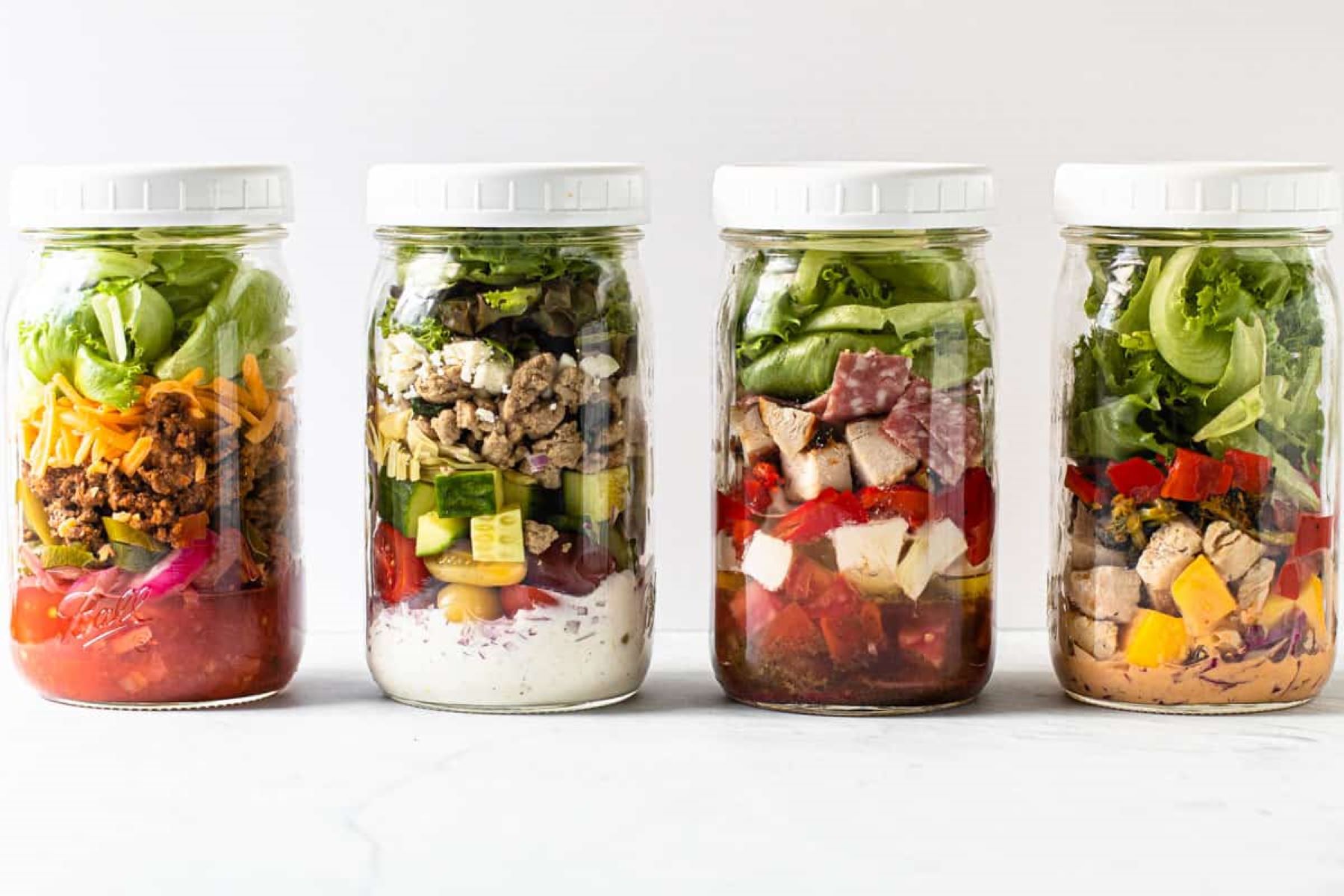

Articles
How To Store Salad For A Week
Modified: April 22, 2024
Learn how to store your salad for a whole week with these helpful articles. Keep your greens fresh and crisp for longer with our storage tips and tricks.
(Many of the links in this article redirect to a specific reviewed product. Your purchase of these products through affiliate links helps to generate commission for Storables.com, at no extra cost. Learn more)
Introduction
Salads are a popular and healthy addition to any diet. Packed with nutrients, vitamins, and fiber, salads are a great way to incorporate fresh vegetables into your meals. However, preparing a salad every day can be time-consuming, especially for those with busy schedules. That’s where the concept of storing salad for a week comes in. By properly storing your salads, you can save time without compromising the freshness or quality of your ingredients.
In this article, we will explore the benefits of storing salads, how to choose the right ingredients, various storage methods, and tips for reviving salads to ensure they taste just as delicious as when they were freshly made.
Key Takeaways:
- Save time, money, and reduce food waste by storing salads for a week. Choose the right ingredients, use airtight containers, and add dressing at the right time for fresh and convenient meals.
- Revive stored salads with fresh ingredients, ice water, and extra dressing to bring back their flavor and texture. Experiment with different techniques to keep your salads tasting delicious.
Read more: How To Store Smoothies For The Week
Benefits of Storing Salad
Storing salad for a week offers several benefits that make it an attractive option for individuals and families. Here are some of the key advantages:
- Time-saving: One of the most significant benefits of storing salad is the time it saves. By preparing and storing salads in advance, you eliminate the need to wash, chop, and assemble ingredients every day. This can be particularly advantageous for those with busy schedules or limited time for meal preparation.
- Money-saving: Storing salads allows you to take advantage of bulk purchasing without worrying about your produce spoiling. By buying ingredients in larger quantities, you can save money while ensuring a steady supply of fresh salads throughout the week.
- Minimize food waste: Storing salads can help reduce food waste by extending the shelf life of your ingredients. Rather than using all your lettuce and vegetables in one go, you can portion them out over several days, ensuring that nothing goes to waste.
- Easy portion control: By pre-portioning salads, you have more control over your portion sizes, making it easier to manage your calorie intake and maintain a balanced diet. This is especially useful for individuals who are watching their weight or following a specific meal plan.
- Consistent availability: Storing salads ensures that you always have a healthy meal option readily available. It eliminates the temptation to reach for less nutritious options when you’re hungry or pressed for time, helping you maintain your commitment to a healthy lifestyle.
With these benefits in mind, let’s explore how to choose the right ingredients for storing salad.
Choosing the Right Ingredients
When it comes to storing salads, selecting the right ingredients is essential to ensure the longevity and freshness of your meal. Here are some tips for choosing salad ingredients that are ideal for storage:
- Leafy Greens: Opt for hearty greens that can withstand being stored for an extended period. Examples include romaine lettuce, kale, spinach, and arugula.
- Vegetables: Choose vegetables that are firm and less prone to wilting, such as carrots, bell peppers, cherry tomatoes, cucumbers, and radishes.
- Fruits: While not essential for every salad, fruits like berries, apples, and citrus segments can add a burst of flavor and freshness. However, it’s best to add them just before consuming to prevent them from becoming mushy or discolored.
- Protein: If you plan to include protein in your salad, consider options like grilled chicken, hard-boiled eggs, tofu, or cooked quinoa. Keep the protein separate from the greens and add it just before eating to ensure it stays fresh.
- Toppings and Extras: Nuts, seeds, croutons, and cheese are delicious additions to salads. However, to maintain their crunch and texture, it’s advisable to store them separately and sprinkle them on top of your salad when you’re ready to eat.
- Dressing: Consider storing your dressing in a separate container to prevent the salad from becoming soggy. This allows you to control the amount of dressing and avoid any potential wilting of the greens.
By selecting the right ingredients, you can ensure that your salads remain fresh and appetizing throughout the week. Next, let’s explore how to wash and dry the salad before storing it.
Washing and Drying the Salad
Before storing your salad, it’s crucial to properly wash and dry the ingredients to remove any dirt, bacteria, or pesticides. Here’s a step-by-step guide to help you wash and dry your salad:
- Rinse the Greens: Begin by rinsing the leafy greens under cold running water. Gently separate the leaves and make sure to remove any visible dirt or debris.
- Soak in Water: Fill a large bowl or sink with cold water and submerge the greens in it. Swish them around to help dislodge any remaining dirt or particles.
- Drain the Water: After soaking the greens for a few minutes, drain the water from the bowl or sink. You can use a colander or salad spinner to make this process easier.
- Rinse Again: Rinse the greens once more under cold running water to ensure that all residue has been washed away.
- Dry Thoroughly: Properly drying the greens is crucial to prevent wilting and excess moisture in your stored salads. You can use a salad spinner to remove excess water or gently pat the leaves dry with a clean kitchen towel or paper towels.
- Additional Drying Methods: If time allows, you can also place the washed greens on a clean kitchen towel and allow them to air dry for a few minutes before storing.
Remember, moisture is the enemy of salad storage, so it’s vital to ensure that your greens are completely dry before moving on to the next step. Now that your salad ingredients are clean and dry, let’s explore different methods for storing salads.
Storing Salad in a Mason Jar
Mason jars are a popular and convenient option for storing salads, as they provide an airtight seal that helps to keep your ingredients fresh and crisp. Here’s a step-by-step guide to storing salad in a mason jar:
- Layer the Ingredients: Start by adding your dressing to the bottom of the jar. This will serve as a barrier between the dressing and the greens, keeping the salad fresh. Next, add the sturdier ingredients like vegetables, fruits, and proteins.
- Add the Greens: Layer the leafy greens on top of the other ingredients, filling the jar to the brim. Pack the greens tightly, leaving as little air space as possible. This will help preserve their freshness.
- Seal the Jar: Securely screw on the lid of the mason jar to create an airtight seal. This will ensure that no air can enter the jar, keeping the salad fresh for an extended period.
- Refrigerate: Place the sealed mason jar in the refrigerator, ideally in an upright position, to prevent any dressing from leaking and to maintain the structural integrity of the ingredients.
- Enjoy within a Week: Stored properly, salads in mason jars can stay fresh for up to seven days. When you’re ready to enjoy your salad, simply give the jar a good shake to distribute the dressing, and pour the contents into a bowl or eat it straight from the jar.
Using mason jars for salad storage allows for easy transport and portion control. Plus, the layered presentation makes for an appealing and Instagram-worthy meal. However, if you don’t have mason jars available, there are alternative storage options as well. Let’s explore storing salad in plastic containers.
To store salad for a week, make sure to thoroughly dry the greens before storing them in an airtight container with a paper towel to absorb excess moisture. This will help keep the salad fresh and crisp for longer.
Read more: How To Store Bagels For A Week
Storing Salad in a Plastic Container
If you don’t have access to mason jars, storing salad in plastic containers can be just as effective. Here’s how to do it:
- Select the Right Container: Choose a container that has airtight lids to ensure freshness. Opt for BPA-free containers that are safe for storing food.
- Layer the Ingredients: Similar to the mason jar method, start by adding your dressing to the bottom of the container. Then, layer the sturdier ingredients like vegetables, fruits, and proteins.
- Add the Greens: Place the leafy greens on top of the other ingredients, filling the container. Pack the greens tightly to minimize air exposure.
- Seal the Container: Securely close the lid of the plastic container, ensuring a tight seal to prevent air from getting in.
- Refrigerate: Store the sealed plastic container in the refrigerator, keeping it in an upright position to prevent any leakage.
- Consume within a Week: As with the mason jar method, your salad can stay fresh for up to seven days. Remember to give the container a gentle shake or toss before digging in.
Storing salad in plastic containers offers convenience and flexibility. They are widely available and come in various sizes, making it easy to portion out and store your salads. However, regardless of the storage containers you choose, there are additional options to help keep your salad fresh. Salad spinners are especially useful for storage. Let’s explore more about using salad spinners for storing salads.
Using Salad Spinners for Storage
Salad spinners are not only useful for cleaning and drying your ingredients but can also be utilized for storage purposes. Here’s how you can use a salad spinner to store your salads:
- Wash and Dry the Greens: Begin by washing and drying your greens thoroughly using a salad spinner. This will help remove excess moisture and ensure crispness.
- Chop or Tear the Greens: Cut or tear the greens into bite-sized pieces to make them easier to store.
- Spin and Store: Place the cleaned and chopped greens into the salad spinner basket. Give the spinner a few rotations to remove any remaining water. Once the excess moisture is removed, transfer the greens into an airtight container or a large resealable bag.
- Refrigerate: Keep the container or bag of salad greens in the refrigerator, ensuring that it’s sealed to maintain freshness.
- Toss and Serve: When you’re ready to enjoy your salad, simply take out the desired amount of greens, add your other ingredients, and toss it all together with your preferred dressing.
Using a salad spinner for storage helps to preserve the crispness and freshness of the greens for longer. It removes excess moisture, which can cause wilting, and keeps the greens separated and ready to use whenever you need them. However, regardless of the storage method you choose, it’s important to add the dressing at the right time to avoid soggy salads.
Adding Dressing at the Right Time
Adding dressing to your salad at the right time is crucial to avoid a soggy and wilted result. Here are some tips for when to add dressing:
- Individual Portions: If you’re storing your salad in separate containers or mason jars for individual servings, it’s best to keep the dressing separate until you’re ready to eat. Pack a small container or dressing packet alongside your salad and add it just before consuming.
- Bulk Storage: If you’re storing a large batch of salad in one container, it’s advisable to keep the dressing separate until you’re ready to serve. When serving, take out the desired amount of salad and dress it, ensuring that you don’t overdress the entire batch.
- Preparation Time: If you prefer to prepare your salads in advance and don’t mind a slightly softened texture, you can add the dressing directly to the salad before storing. However, it’s important to note that the greens may wilt slightly, so this method is best for salads that will be consumed within 24 to 48 hours.
- On-the-go Dressing: Another option is to keep a separate small container of dressing, such as a mini mason jar or a dressing container, alongside your salad container. This allows you to add the dressing just before eating, ensuring a fresh and crisp experience.
By adding the dressing at the right time, you maintain the integrity of your salad’s texture and flavor. Now, let’s explore how to revive stored salad to keep it tasting fresh and delicious.
Reviving Stored Salad
If you find that your stored salad has lost some of its freshness or crispness, there are a few simple ways to revive it before enjoying. Here are some tips for reviving stored salad:
- Add Fresh Ingredients: Incorporate some fresh ingredients into your stored salad to liven it up. This could include adding additional greens, sliced tomatoes, diced cucumbers, or freshly sliced fruits. These fresh components will add moisture and texture to your salad.
- Crisp the Greens: If the greens in your stored salad have lost some of their crispness, you can revive them by soaking them in ice water for a few minutes. This will help to rehydrate and rejuvenate the leaves. After soaking, drain and dry the greens before adding them to your salad.
- Toss with More Dressing: If your stored salad feels a bit dry, adding a bit more dressing just before serving can help to rehydrate the ingredients. Be cautious not to overdress the salad, as it can become soggy.
- Crunch it up: To add some texture to your salad, consider incorporating crunchy elements such as nuts, seeds, or croutons. Simply sprinkle these on top of your salad before serving to give it a satisfying crunch.
- Refrigerate After Reviving: After reviving your stored salad, it’s important to refrigerate it for a short period of time to allow the flavors to meld. This will also help to maintain the freshness of the added ingredients.
Reviving stored salad helps to bring back its taste, texture, and overall appeal. By following these simple tips, you can enjoy a revitalized salad that tastes just as fresh as when it was first prepared. Now, let’s summarize what we’ve learned.
Read more: How To Store Salad
Conclusion
Storing salad for a week can be a game-changer when it comes to saving time, reducing food waste, and ensuring a consistent supply of healthy meals. By following some simple guidelines, you can store your salads in a way that preserves their freshness and quality.
Choosing the right ingredients is key to successful salad storage. Opt for hearty greens, firm vegetables, and fruits that won’t easily wilt. Properly washing and drying your salad ingredients helps remove any dirt or bacteria and prevents moisture buildup in storage.
Storing salad in mason jars or plastic containers provides convenient and airtight solutions. Layering the different ingredients and adding dressing at the right time helps maintain the integrity of your salad. If you prefer a hands-on approach, using a salad spinner can help remove excess moisture and keep your greens fresh.
If your stored salad needs a revival, adding fresh ingredients, rehydrating the greens, or tossing with more dressing can bring back its flavor and crispness. Experiment with different techniques to refresh your stored salads.
Incorporating these tips and techniques into your salad storage routine will not only save you time but also ensure that you can enjoy a healthy and flavorful salad throughout the week. So, get creative with your ingredients, try different storage methods, and enjoy the convenience of having your salads ready to go whenever you need them!
Remember, a well-stored salad is a delicious and nutritious meal waiting to be enjoyed, so don’t hesitate to explore the possibilities of storing salads for a week.
Frequently Asked Questions about How To Store Salad For A Week
Was this page helpful?
At Storables.com, we guarantee accurate and reliable information. Our content, validated by Expert Board Contributors, is crafted following stringent Editorial Policies. We're committed to providing you with well-researched, expert-backed insights for all your informational needs.
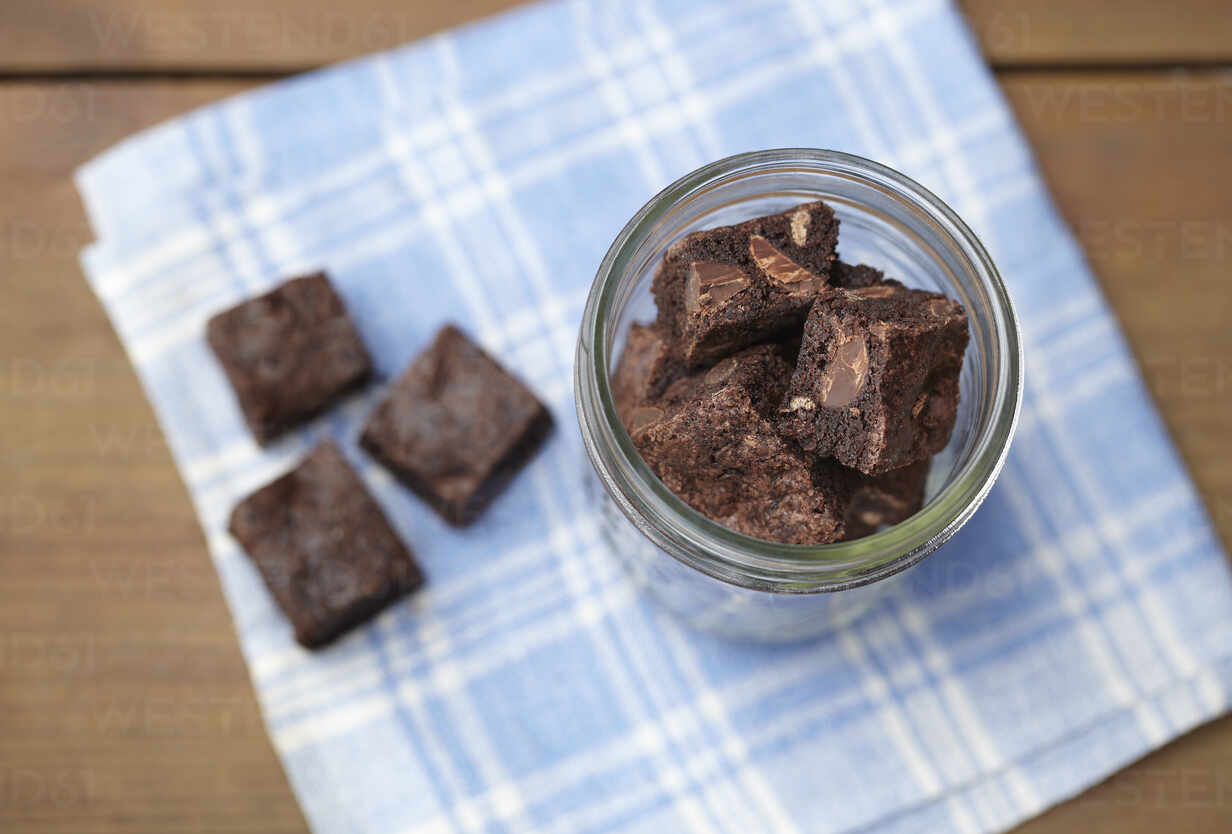
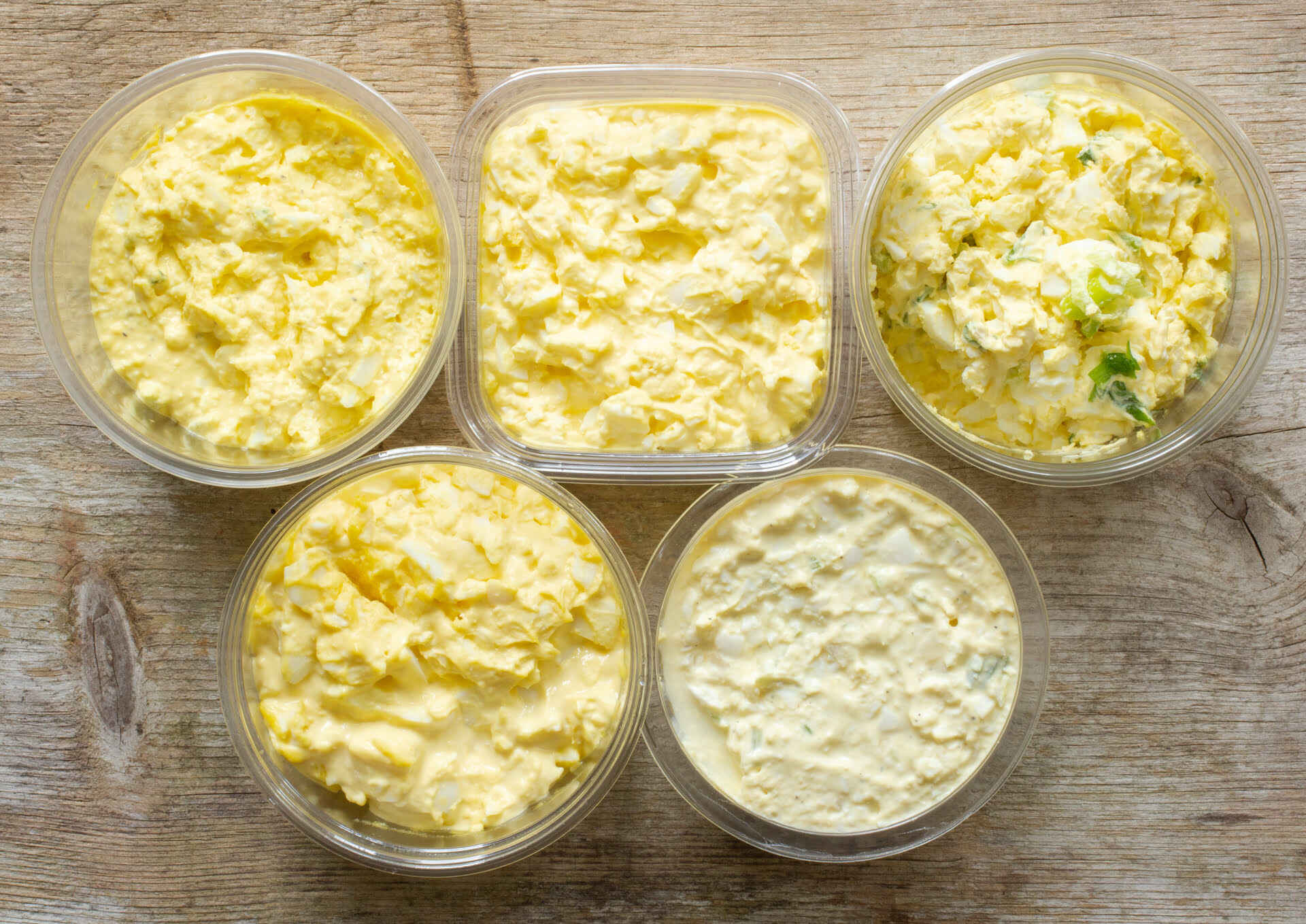
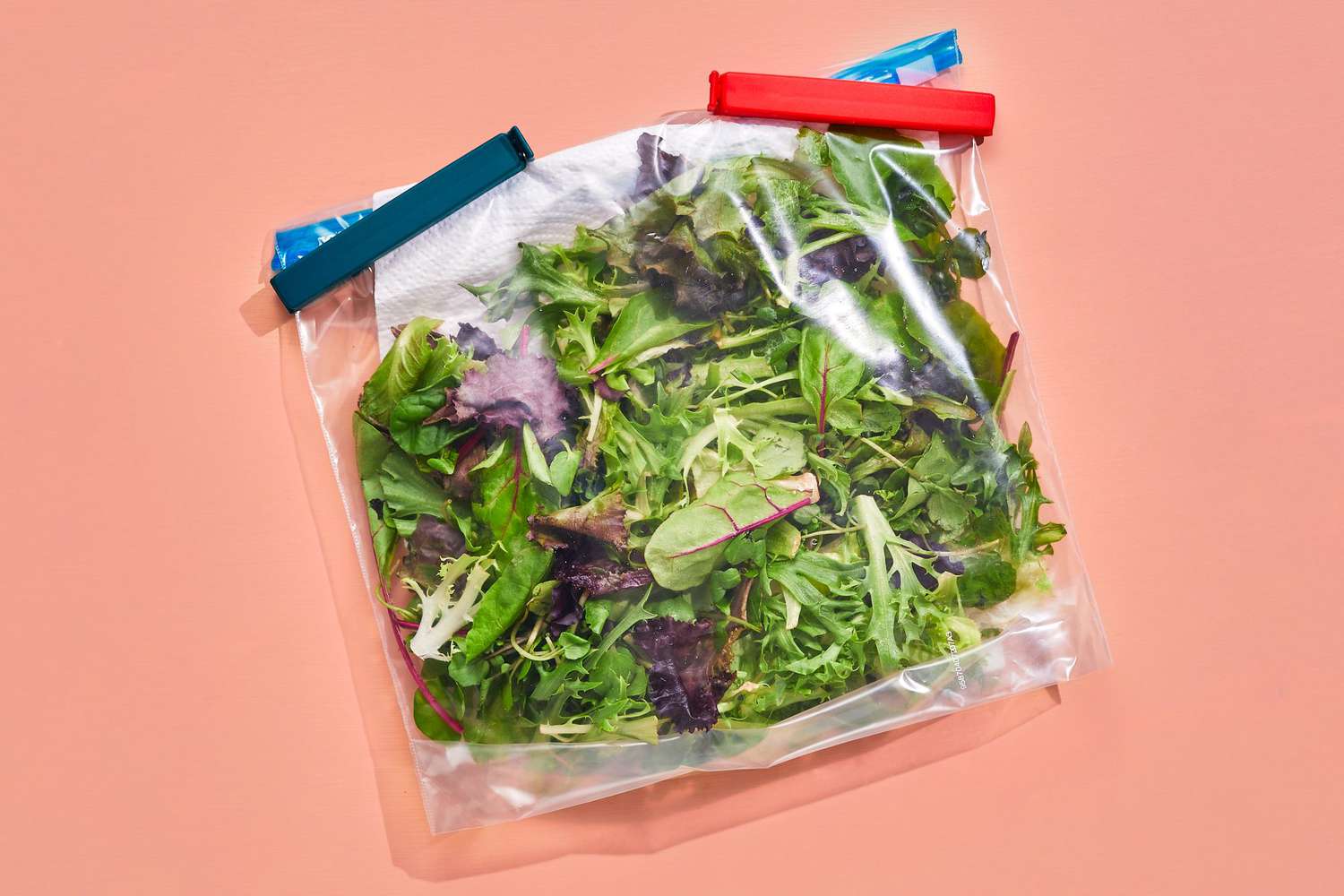

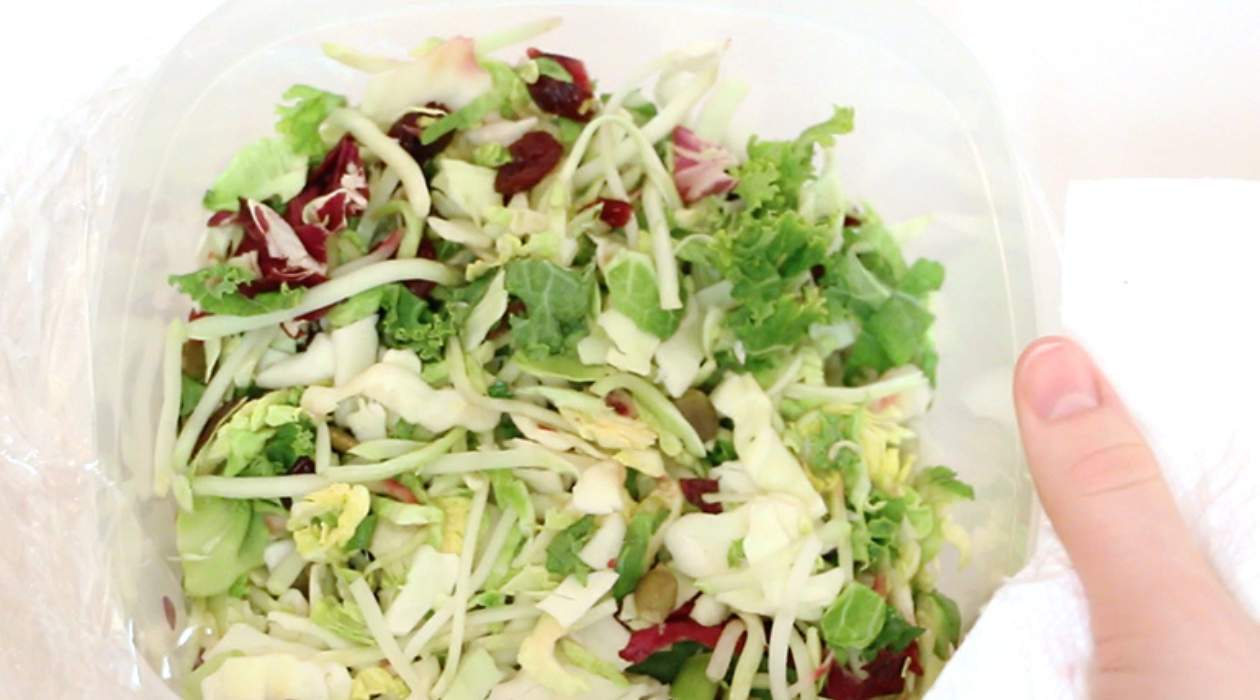
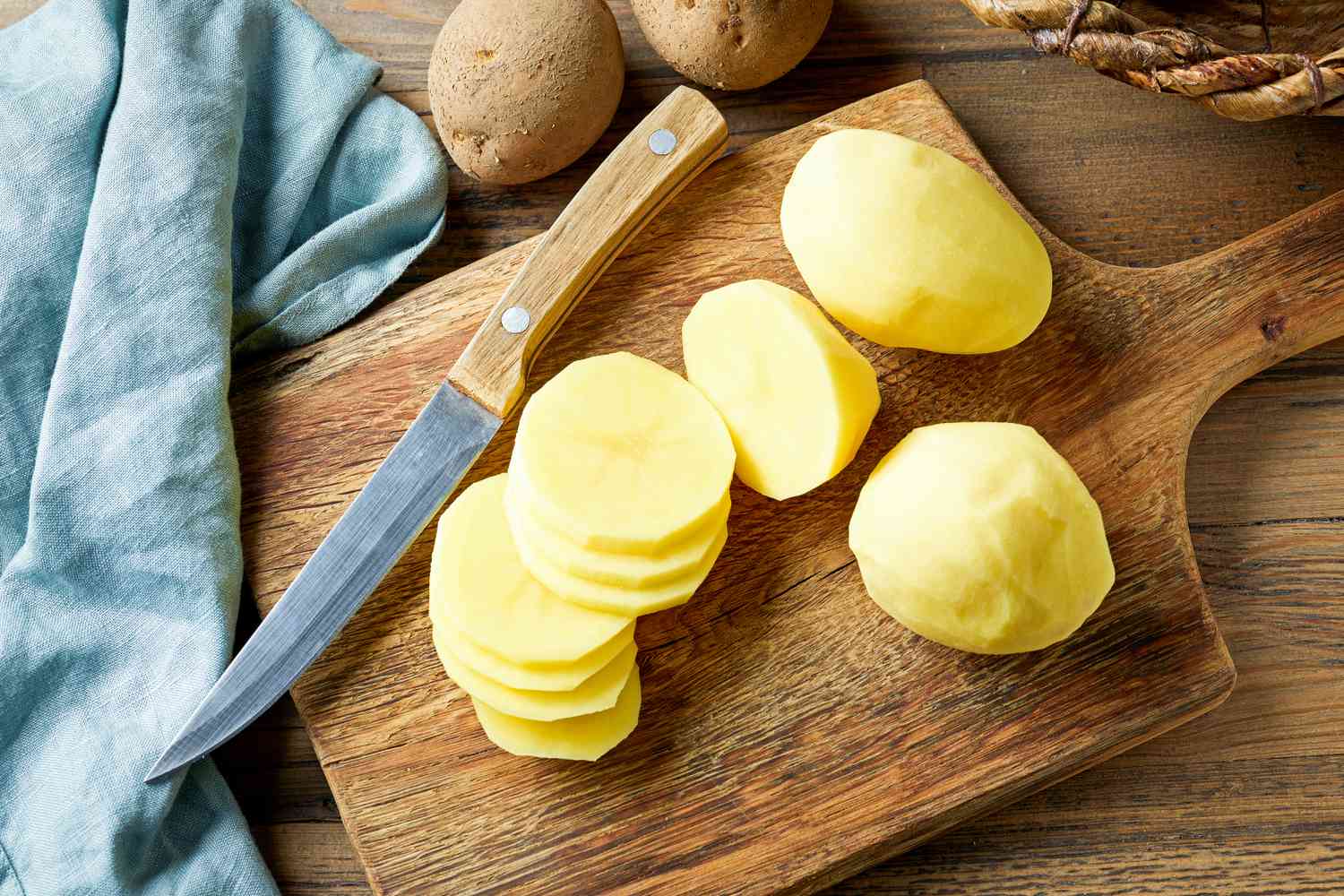


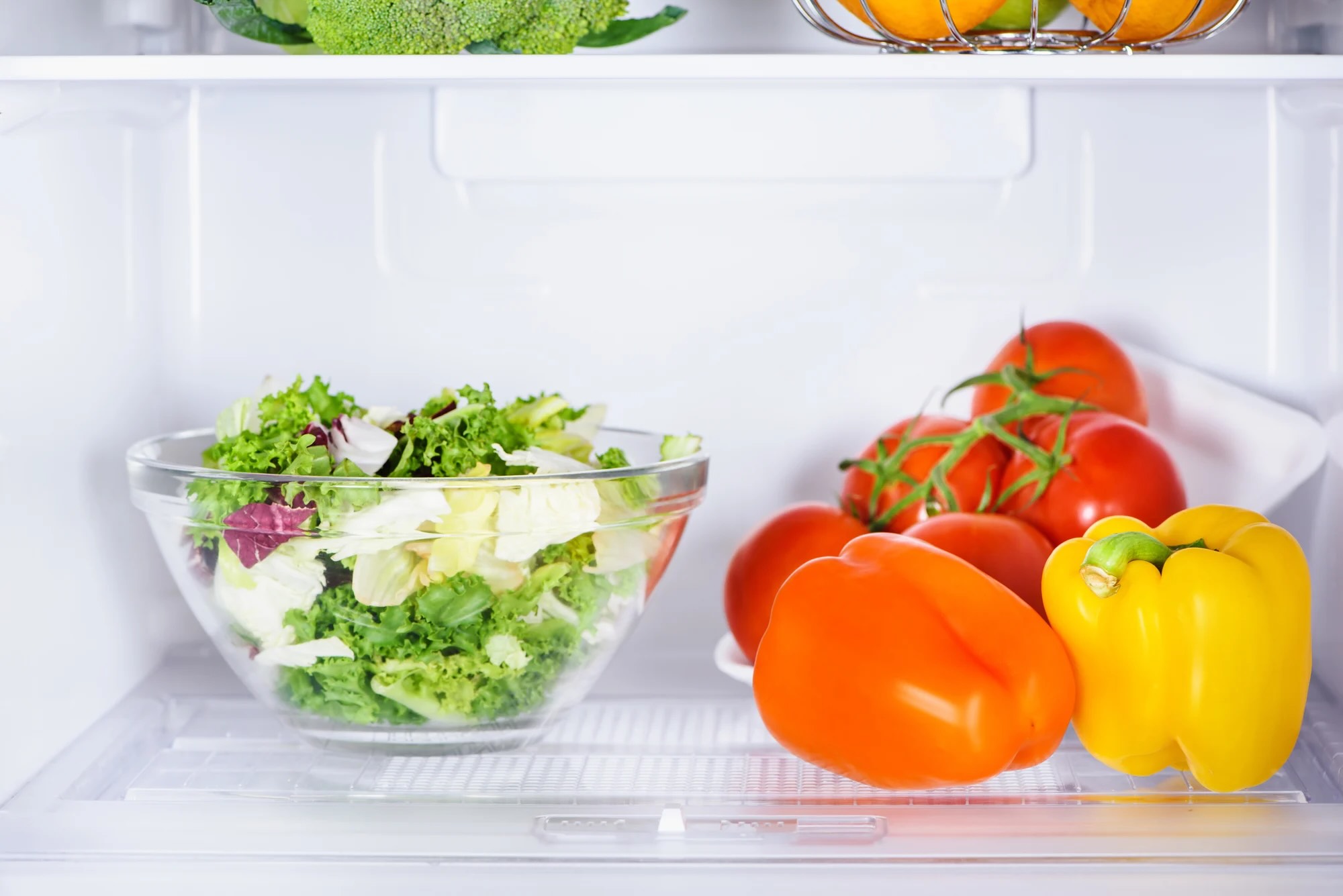

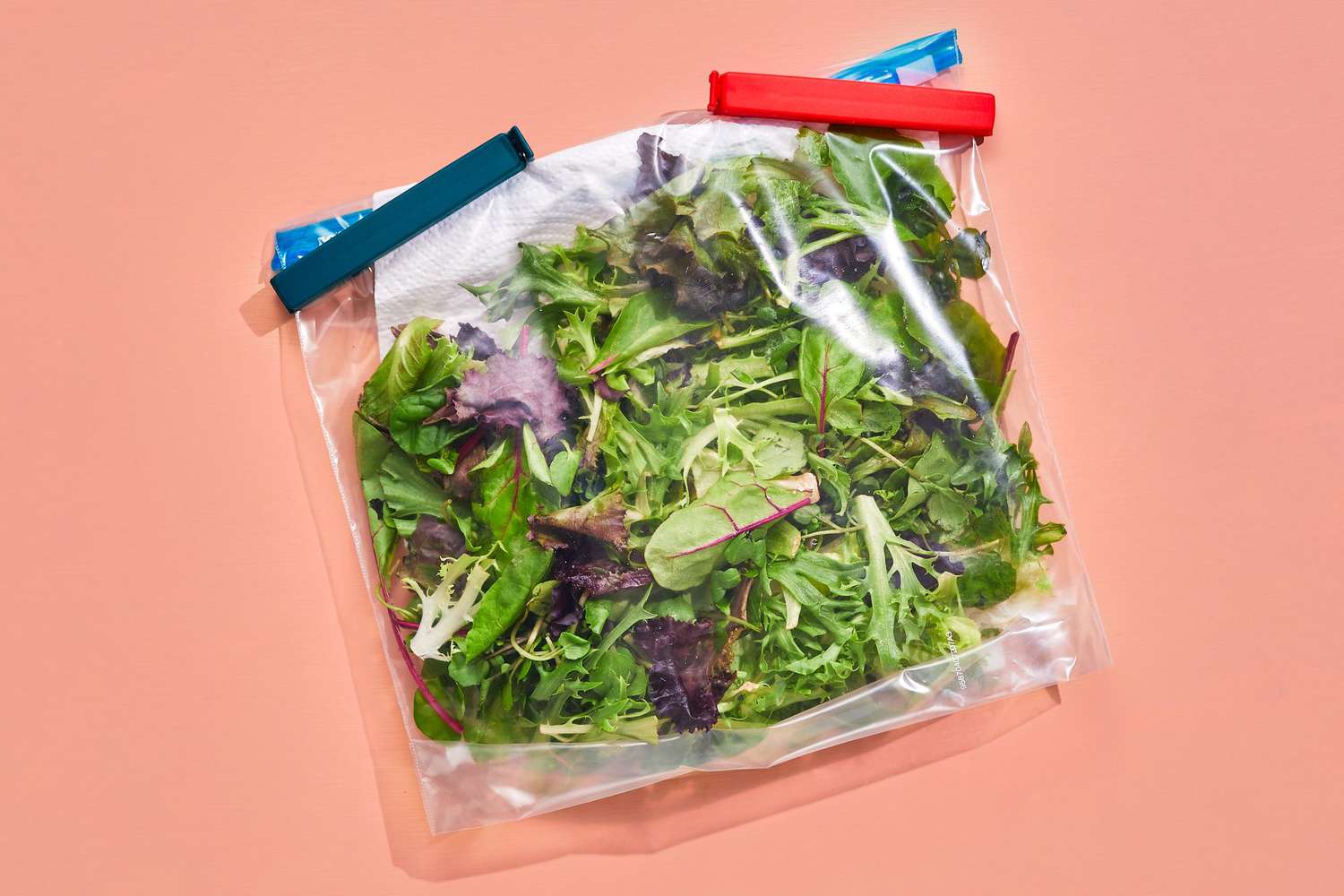



0 thoughts on “How To Store Salad For A Week”